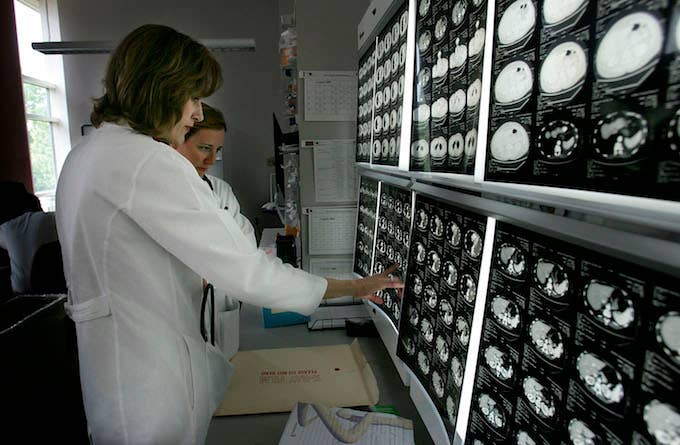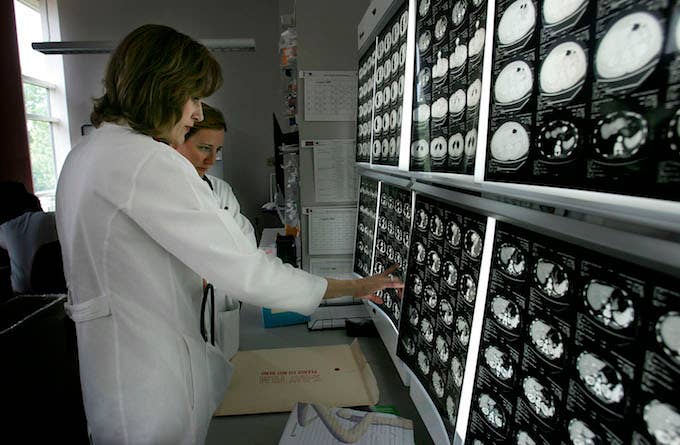
UPDATED 1/10, 9:20 a.m. ET: Trump tried to insert himself into the happy news, tweeting, “U.S. Cancer Death Rate Lowest In Recorded History! A lot of good news coming out of this Administration.”
Gary M. Reedy, CEO of the American Cancer Society and American Cancer Society Cancer Action Network, fact-checked that for CNN in a statement:
"The mortality trends reflected in our current report, including the largest drop in overall cancer mortality ever recorded from 2016 to 2017, reflect prevention, early detection, and treatment advances that occurred in prior years. Since taking office, the president has signed multiple spending bills that have included increases in funding for cancer research at the National Institutes of Health and National Cancer Institute -- though the impact of those increases are not reflected in the data contained in this report. The administration has an opportunity to significantly impact future declines in both cancer incidence and mortality by increasing access to comprehensive health care, supporting robust and sustained increases in federal funding for cancer research and passing and implementing evidence-based tobacco control policies."
Florida Congresswoman Debbie Wasserman Schultz also stepped into the fray on Twitter, telling Trump, “This is good news despite you - not because of you.”
See original story below.
The U.S.’s cancer rate dropped 2.2 percent between 2016 and 2017, the sharpest one-year dip in cancer mortality ever recorded.
According to American Cancer Society’s new report, the rate has dropped 29 percent since 1991, which means there have been around 2.9 million fewer cancer deaths than would have happened if the rate had stayed the same.
The decline has been attributed to lower smoking rates and progress in lung cancer treatment. The development of new therapies for melanoma of the skin has also helped people with metastatic disease, or cancer that spreads to other parts of the body.
However, advances for colorectal, breast, and prostate cancers have slowed down. Rising obesity in the U.S., as well as large racial and geographic inequalities, likely explain why declines in breast and colorectal cancer death rates have started to dwindle, and why the drop in prostate cancer rates have stopped altogether.
Cancer is the second leading cause of death for men and women nationally, while heart disease is number one. The American Cancer Society anticipates that there will be about 1,806,590 new cancer cases and 606,520 cancer deaths in 2020. Lung cancer kills more people than breast, prostate, colorectal, and brain cancers combined.
But as the obesity rate increases in America, the number of obesity-related cancers is also growing. “What we’re seeing with obesity is really sort of parallel to what we saw with cigarette smoking,” said Timothy Rebbeck, an epidemiologist at Harvard and the Dana-Farber Cancer Institute, per the New York Times.
Studies have shown that obesity, unhealthy diets, and an absence of physical exercise are linked to metabolic and hormone irregularities, and chronic inflammation, which could explain the connection to cancer. Managing these factors could lead to a decrease in cancer cases and mortality rates.

